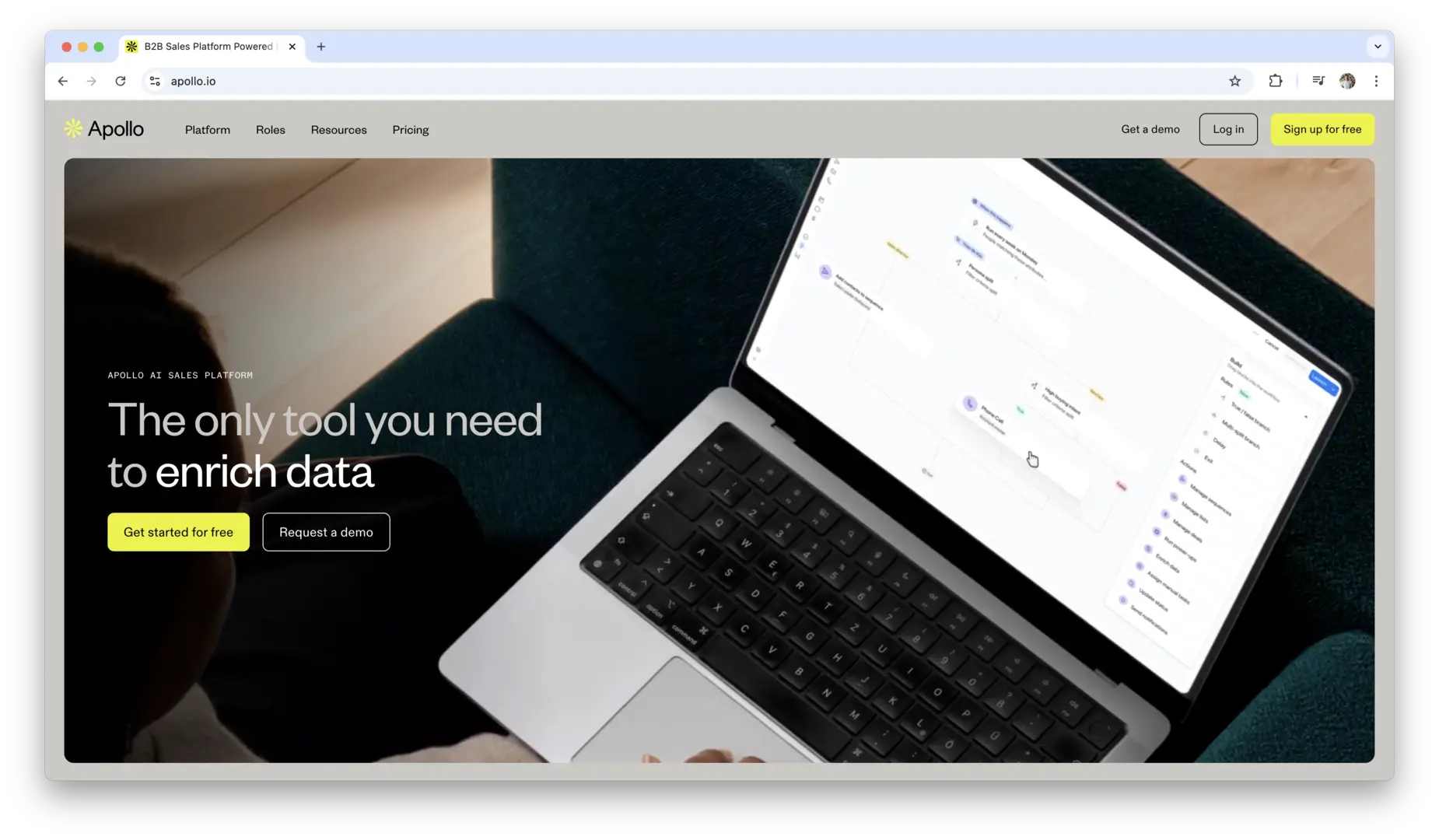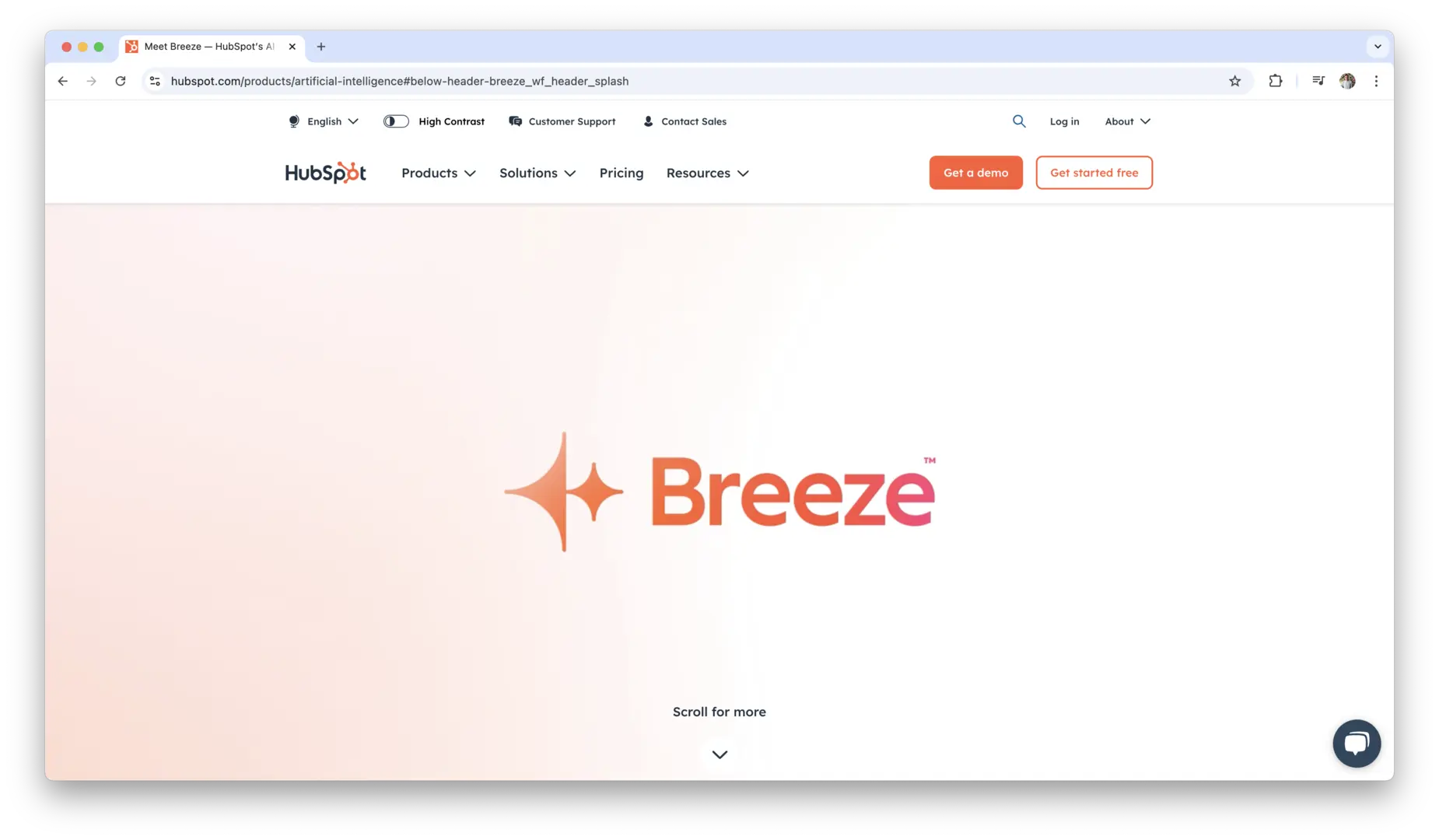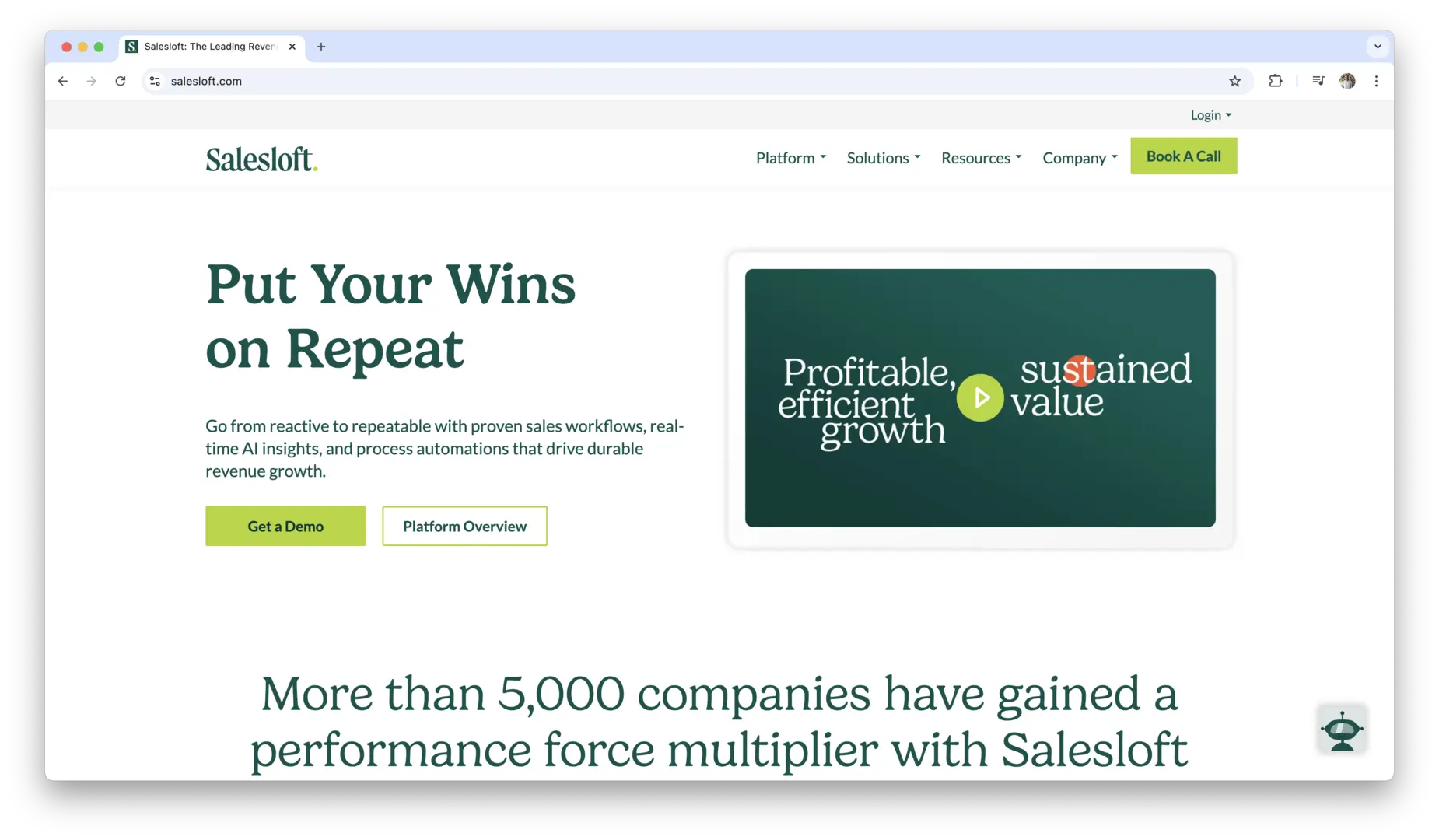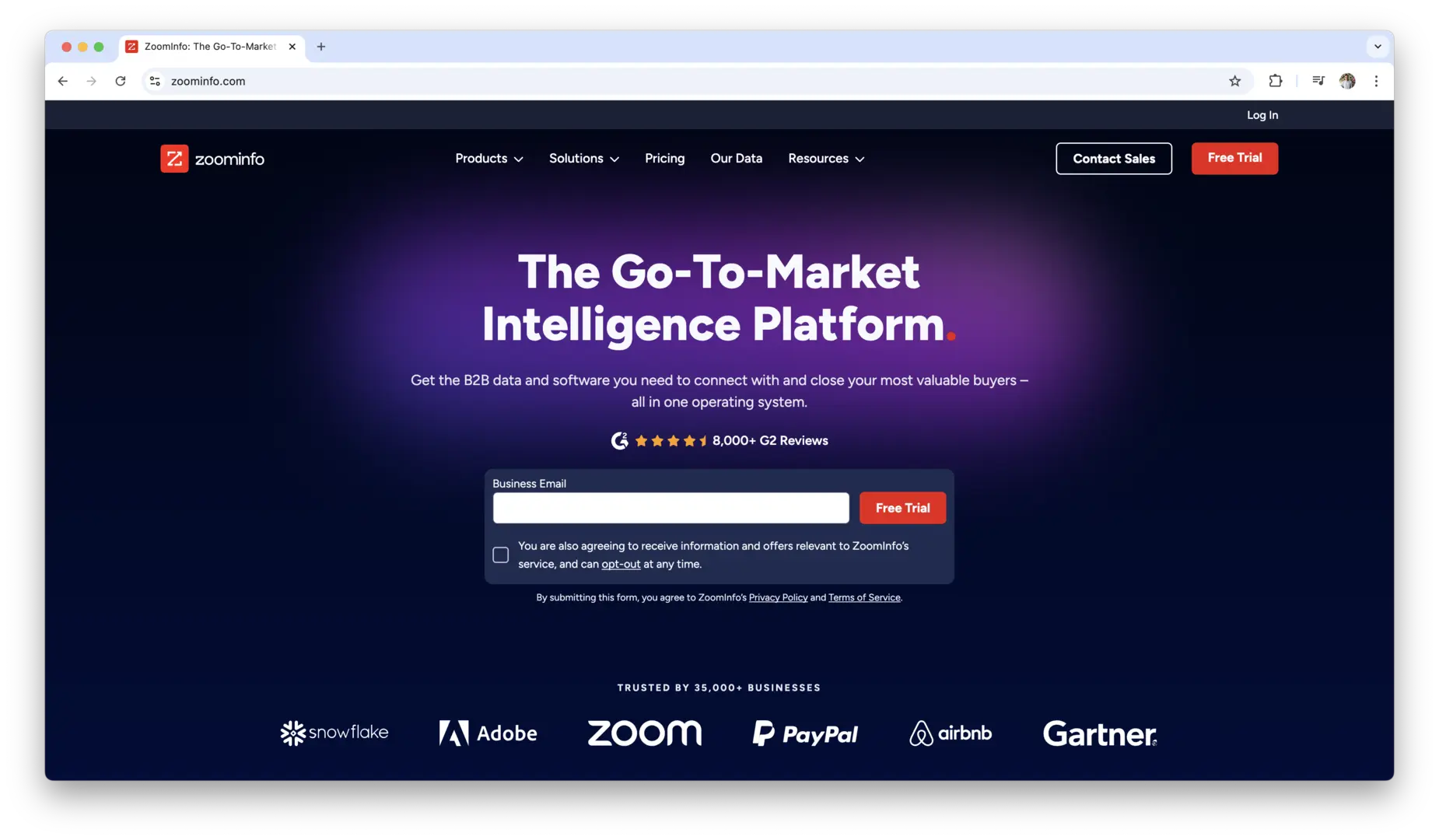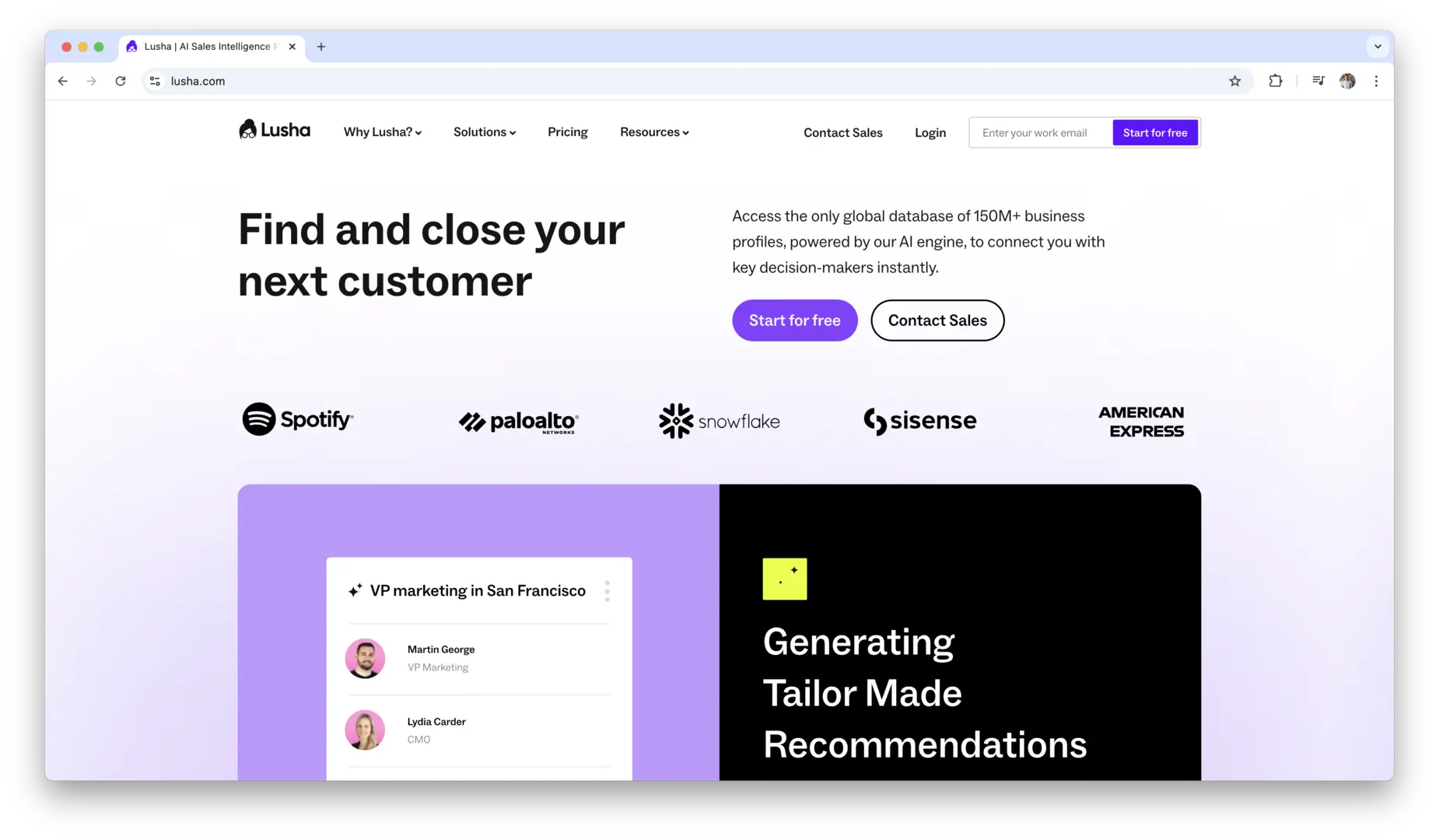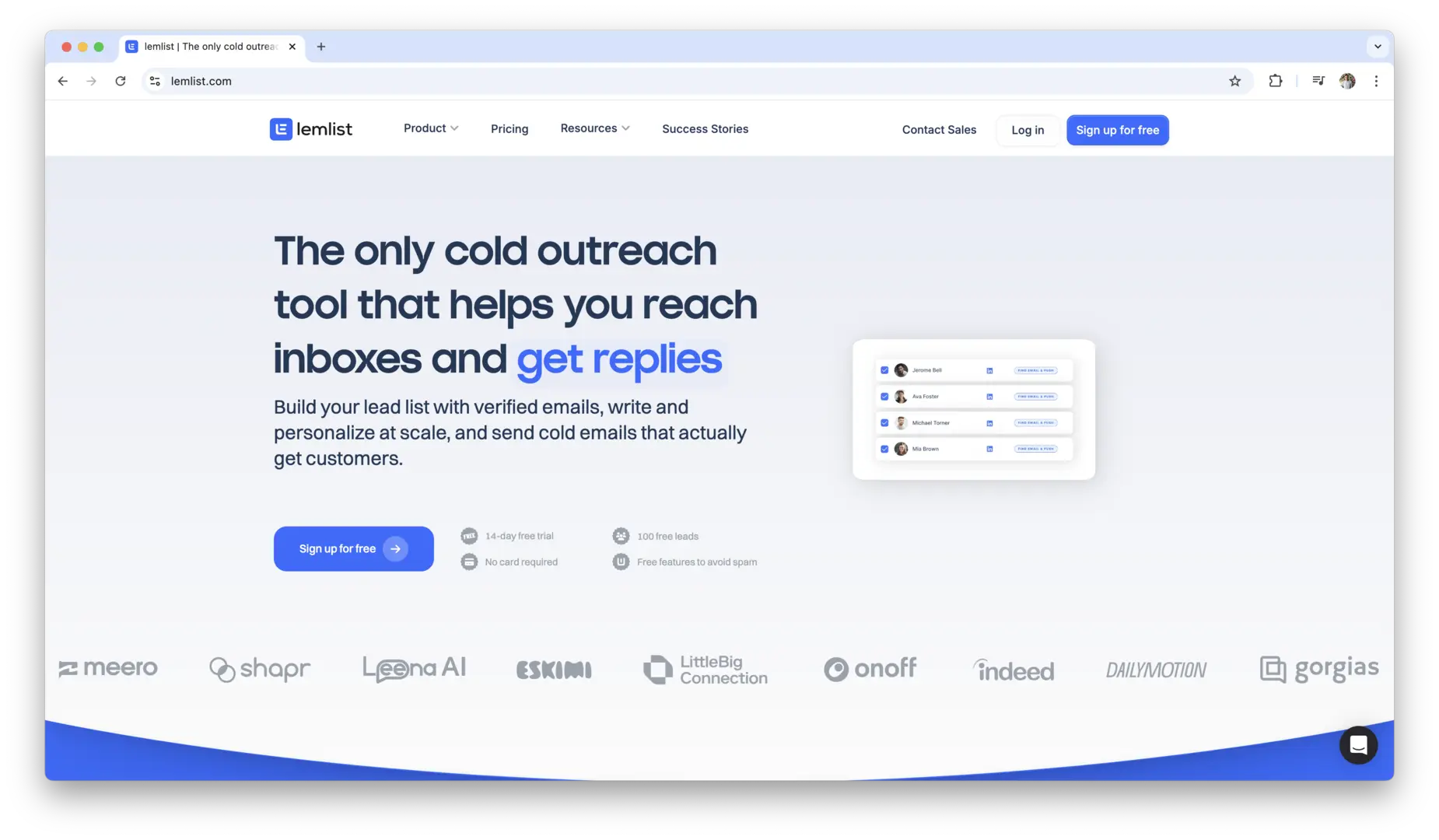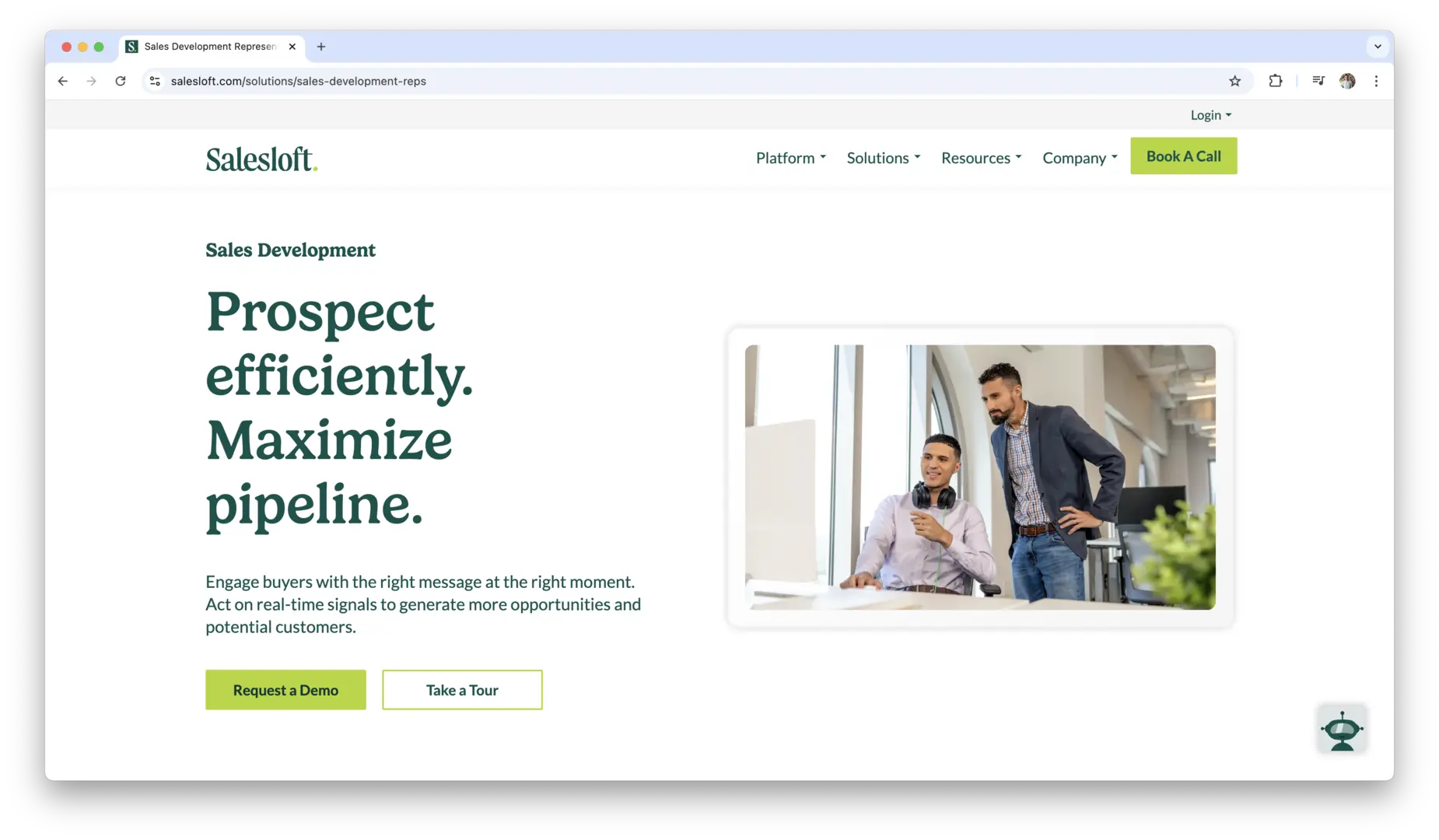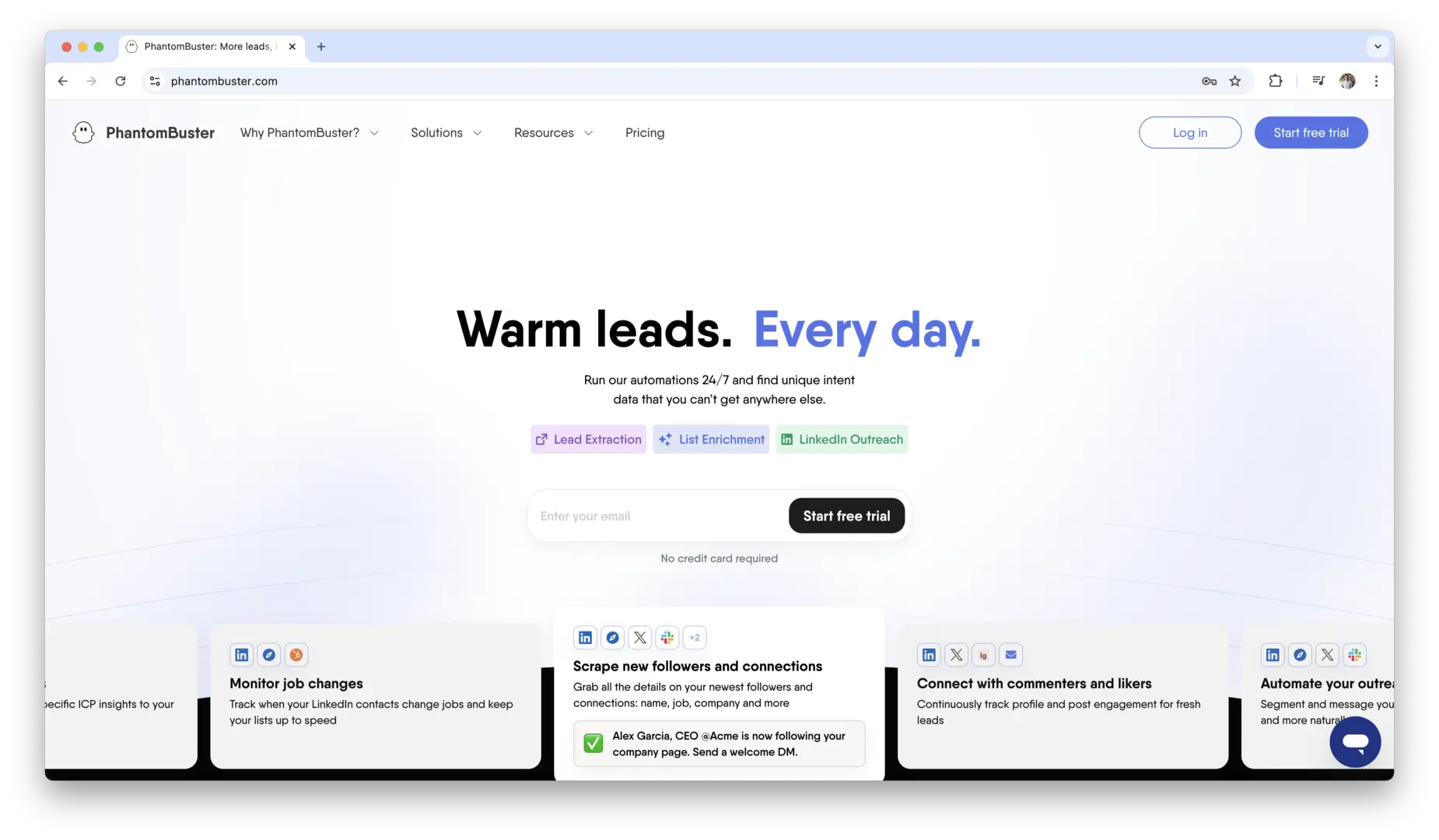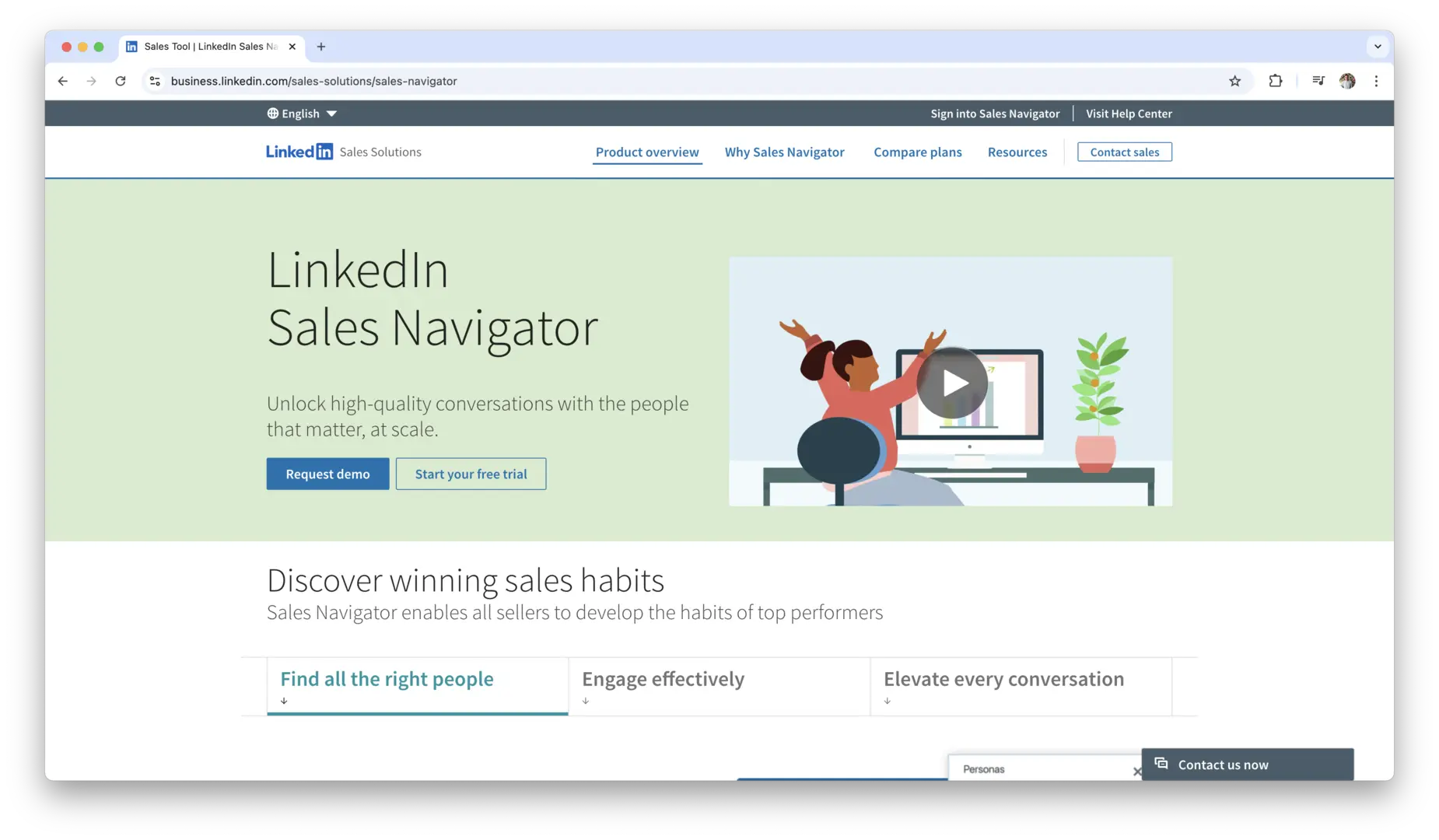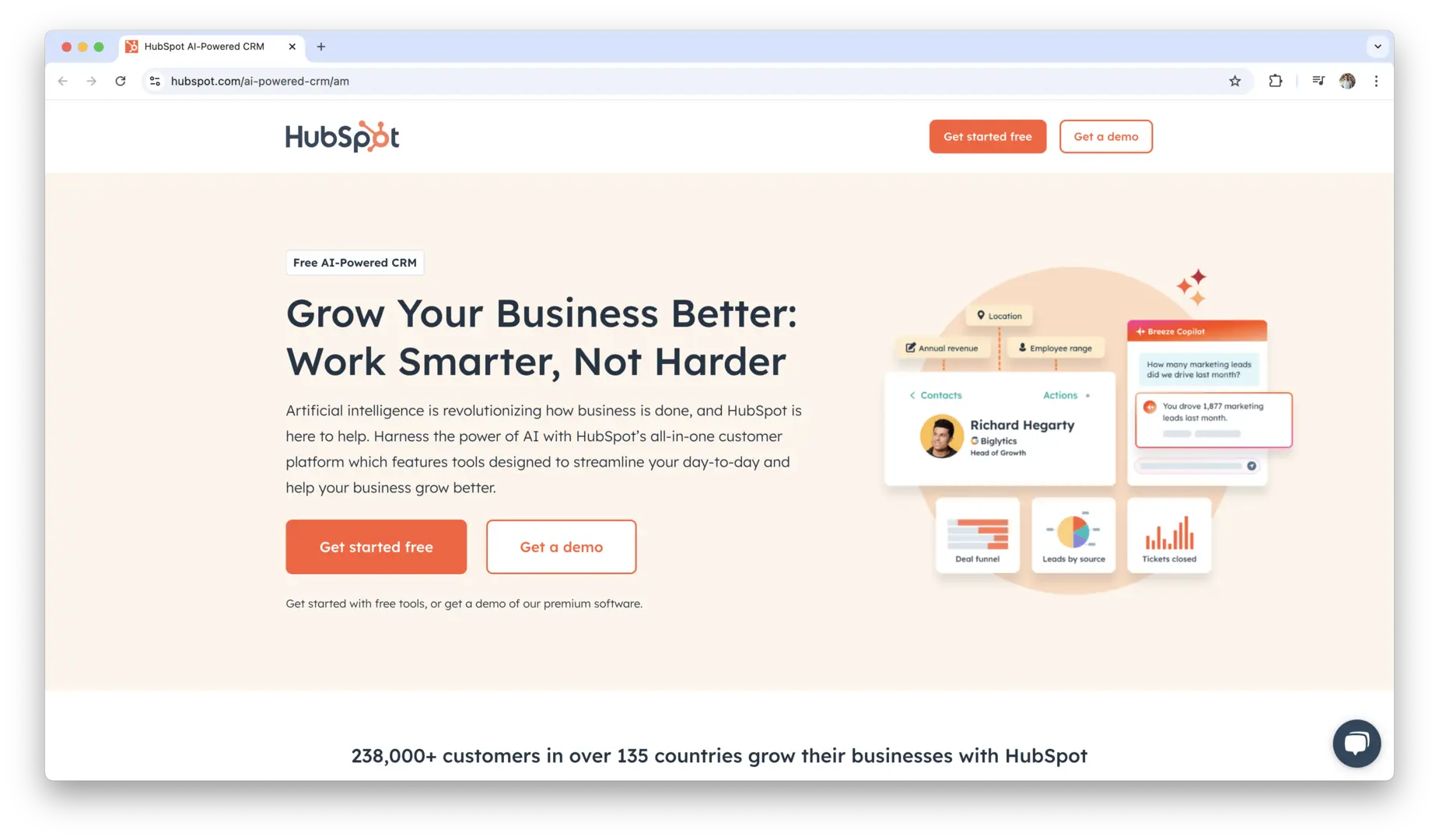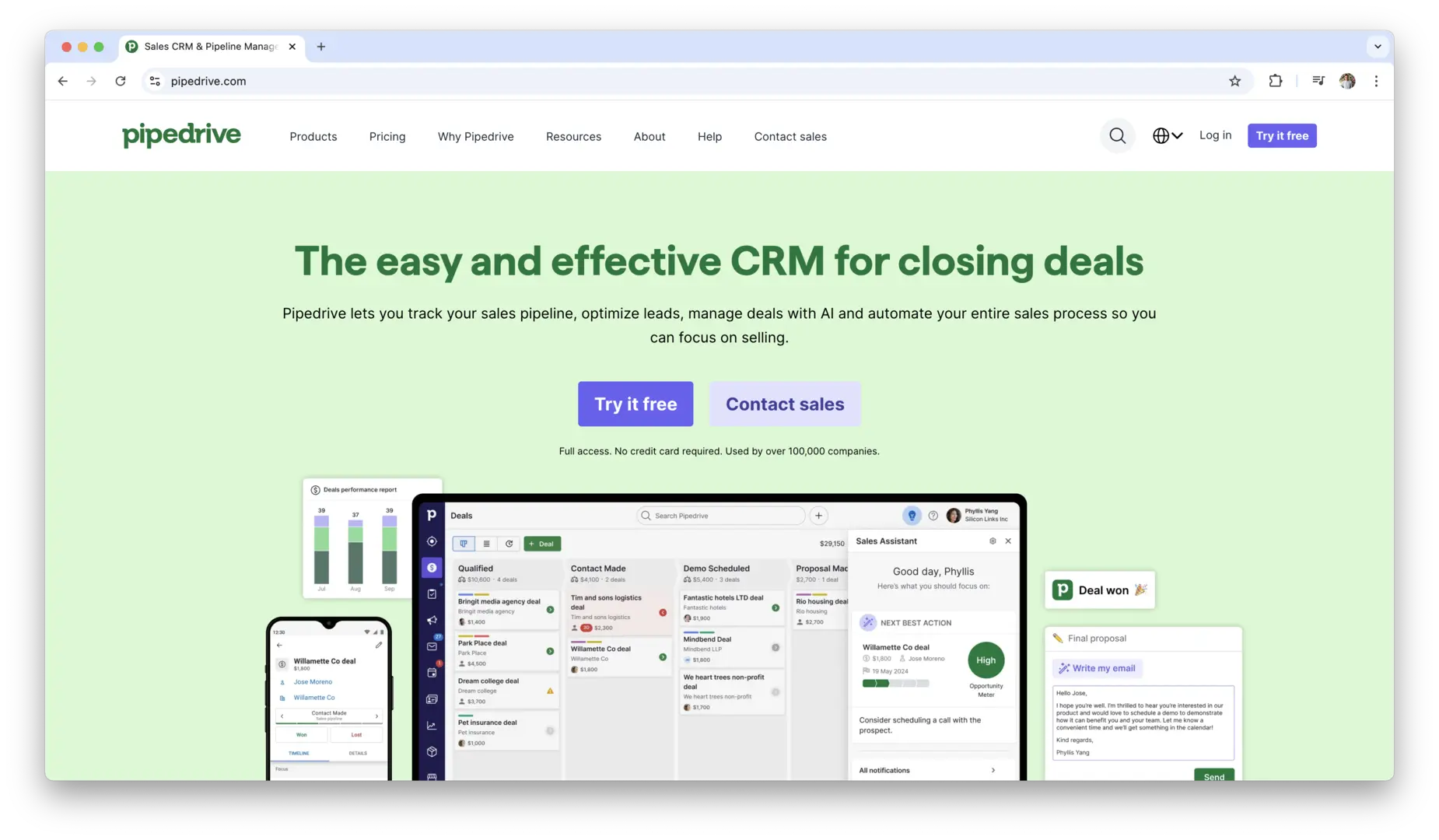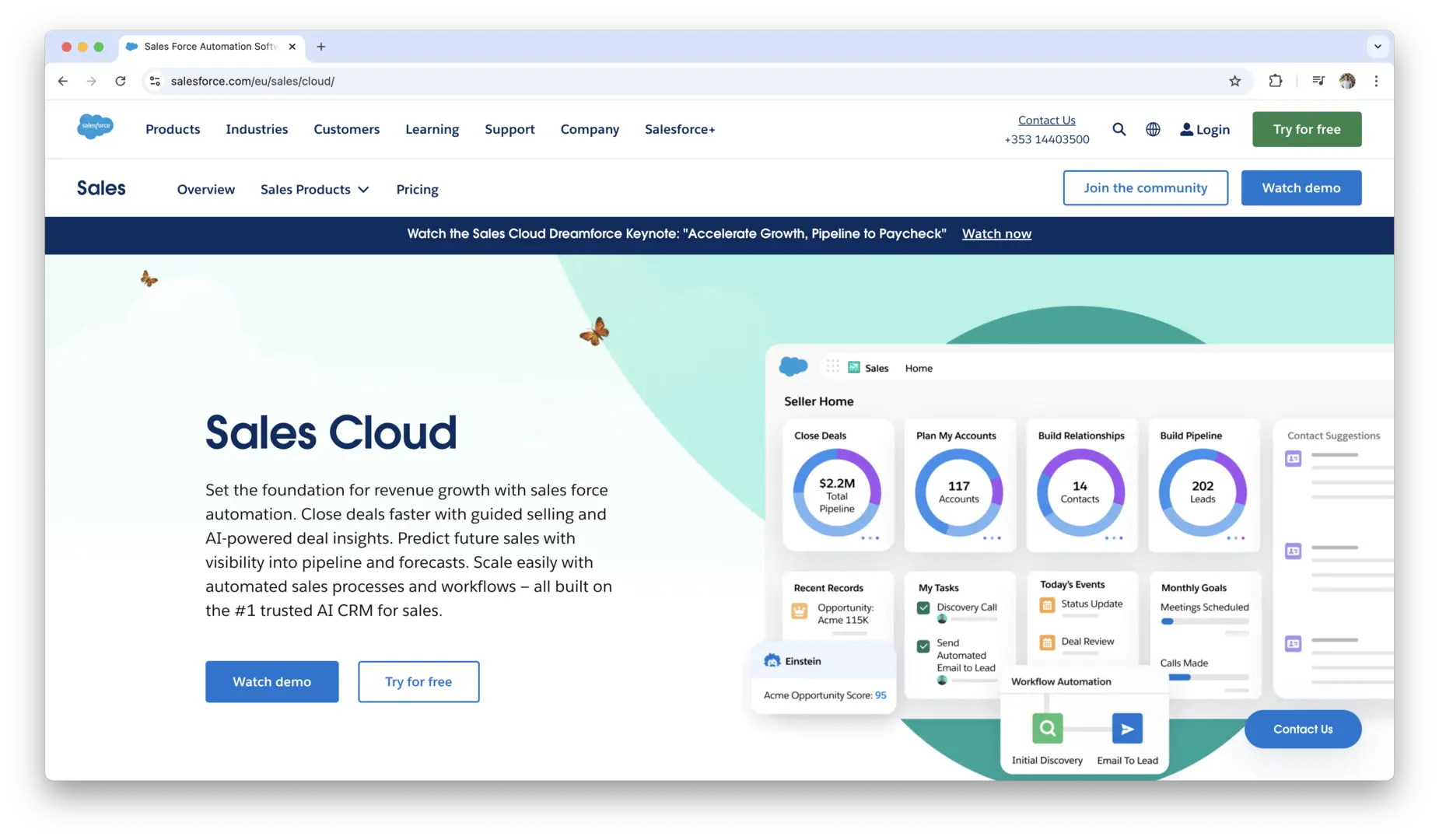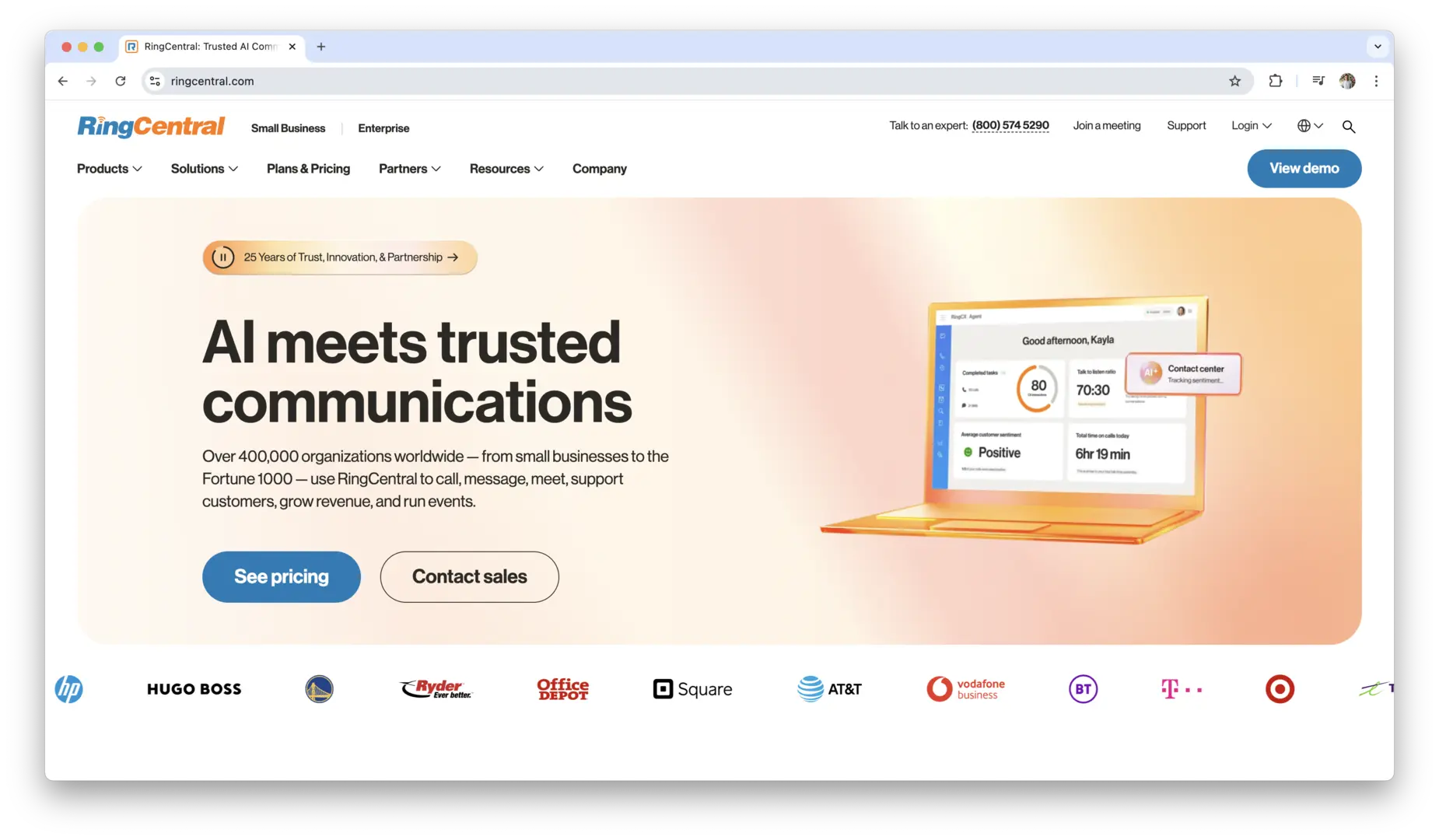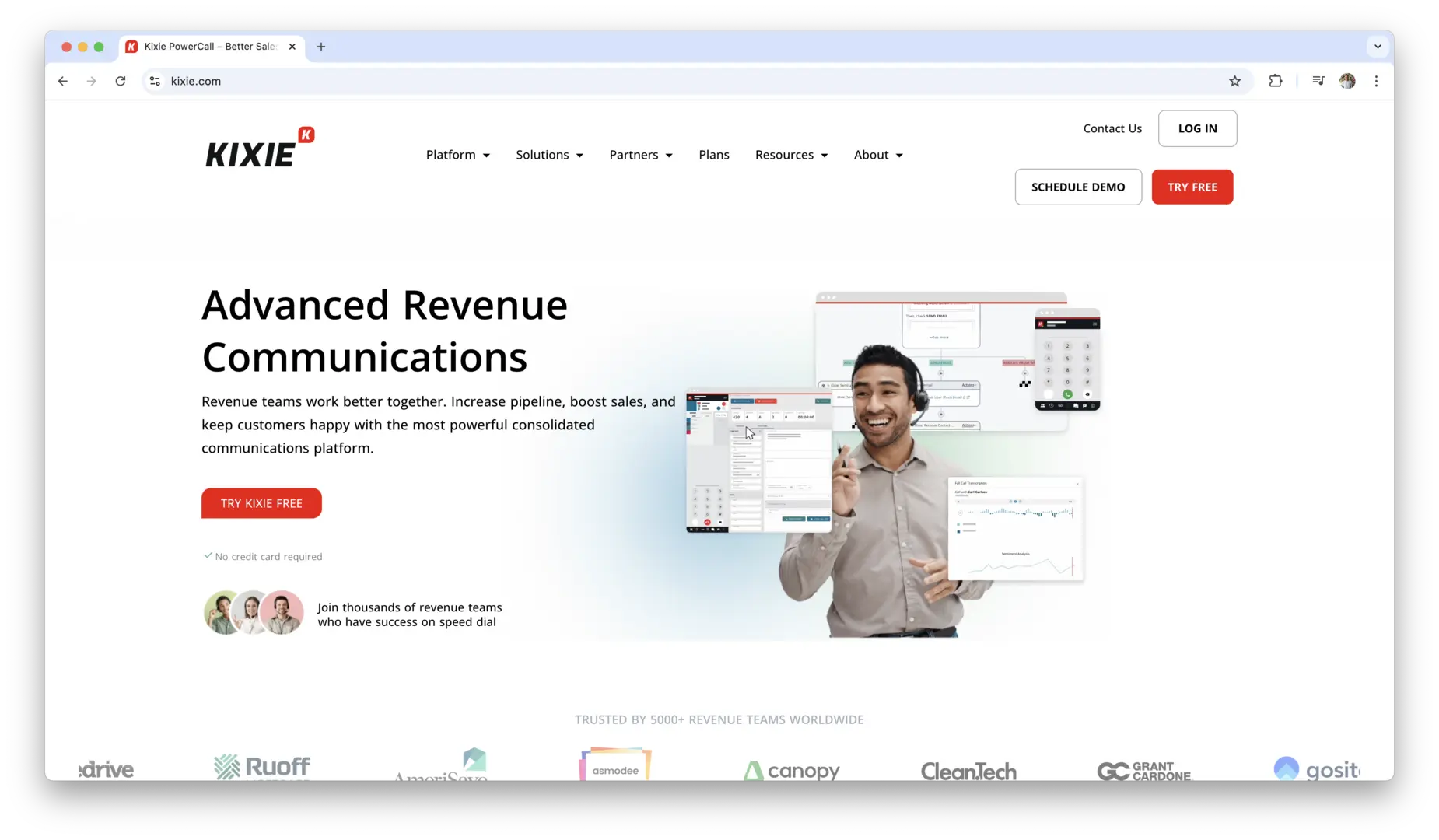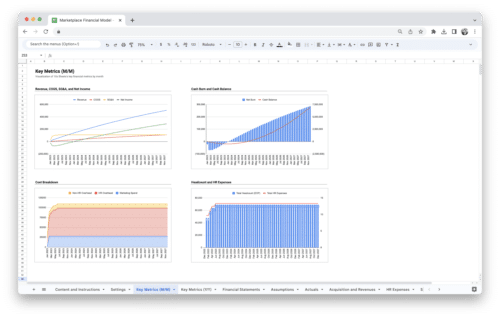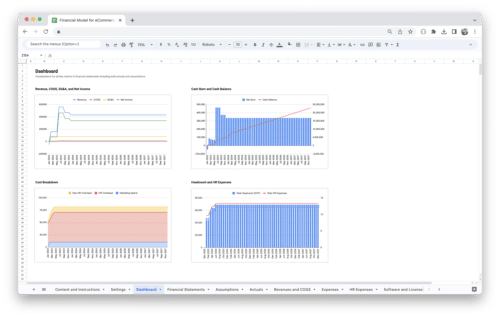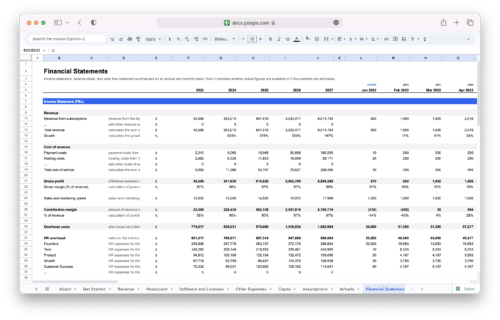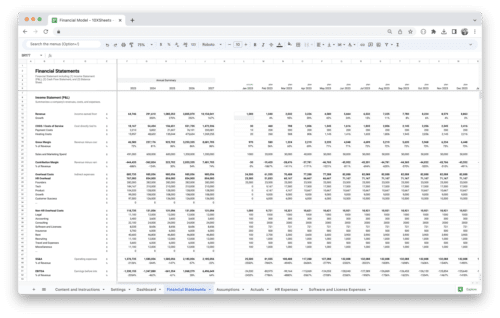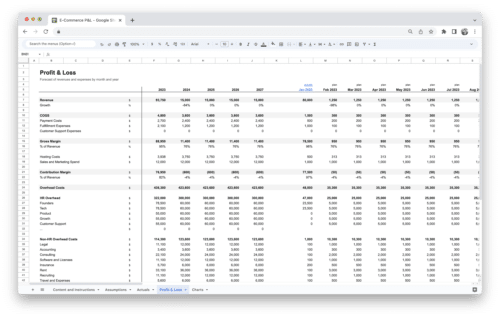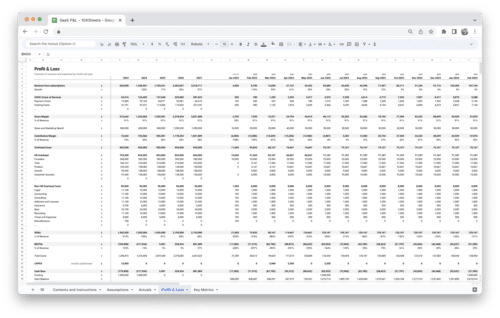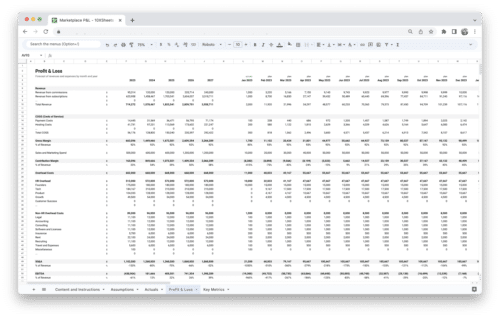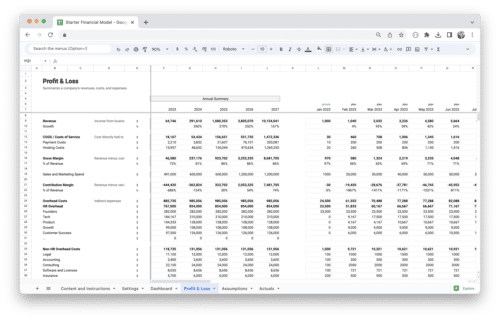Are you looking for ways to make your sales prospecting more efficient and effective? With so many tools available today, it can be overwhelming to choose the right ones for your team. The right sales prospecting tools can help you find the right leads, engage them at the right time, and ultimately close more deals, all while saving time and effort.
Whether you’re focused on automating emails, managing leads, or reaching out on social media, there’s a tool designed to streamline every part of your sales process. In this guide, we’ll walk you through the top sales prospecting tools across different categories, so you can find the perfect match for your business needs.
What are Sales Prospecting Tools?
Sales prospecting tools are software solutions designed to help sales teams identify, engage, and convert leads more effectively. These tools streamline the process of finding potential customers, reaching out to them, and managing interactions throughout the sales funnel. Prospecting tools can be as simple as email automation platforms or as complex as AI-driven systems that analyze lead behavior and predict conversion likelihood. Regardless of the type, the goal is the same: to provide sales teams with the resources they need to engage the right people at the right time.
These tools typically include features like lead generation, contact enrichment, automated outreach, and CRM integration. They help sales professionals work smarter, not harder, by eliminating manual tasks and providing insights into which leads are worth pursuing. Sales prospecting tools are indispensable in today’s fast-paced, data-driven sales environment, where speed and personalization can make all the difference.
Importance of Sales Prospecting in Modern Business
Sales prospecting has always been crucial to the sales process, but its importance has only grown in the modern business landscape. With the rise of digital tools and global connectivity, the way sales teams find and engage potential customers has evolved significantly. Here’s why sales prospecting is essential today:
- Lead generation at scale: As businesses grow, reaching a larger pool of potential customers becomes increasingly difficult without the right tools. Prospecting tools enable you to efficiently generate leads on a large scale.
- Data-driven decision making: Modern sales prospecting tools leverage data to identify patterns in customer behavior, allowing sales teams to focus their efforts on high-potential leads that are more likely to convert.
- Time savings: With tools that automate repetitive tasks like data entry, lead enrichment, and outreach, sales teams can save hours each week and focus on building relationships with prospects.
- Better targeting and personalization: Tools like AI-driven platforms allow sales reps to tailor their outreach based on prospect preferences and behaviors, increasing the chances of engagement and conversion.
- Increased competition: As more companies adopt digital sales processes, having the right prospecting tools gives your team a competitive edge in reaching and converting leads faster than your competitors.
- Higher ROI on sales efforts: By using prospecting tools that help identify the most promising leads and automate time-consuming tasks, businesses can achieve a higher return on investment in their sales campaigns.
How the Right Tools Improve Efficiency and Conversion Rates
The right sales prospecting tools can transform your sales team’s workflow by automating time-consuming tasks, providing key insights, and optimizing outreach strategies. When used correctly, these tools can dramatically improve your efficiency and conversion rates. Here’s how:
- Automated lead qualification: Prospecting tools can use AI to score leads based on predefined criteria, allowing your team to focus on the most qualified leads. This reduces time spent on unqualified leads and increases the likelihood of closing deals.
- Streamlined communication: By integrating with CRM systems, prospecting tools ensure that all communication with leads is logged automatically, eliminating the need for manual updates and reducing the chances of missing important interactions.
- Increased outreach frequency: Automation features allow your team to reach out to more prospects in less time. With features like email sequences, social media scheduling, and automatic follow-ups, your team can engage with a larger pool of leads, increasing the chances of conversion.
- Personalized messaging at scale: Tools that enable personalized outreach help sales teams send tailored messages to leads based on their interests, industry, or behavior. This personalized approach significantly boosts engagement rates, leading to higher conversion rates.
- Real-time analytics: Many prospecting tools provide detailed analytics that show how well your outreach is performing. By using these insights, your team can adjust their approach, refine messaging, and optimize strategies to improve conversion rates.
- Faster follow-ups: Timing is everything in sales. The right tools ensure that follow-ups happen quickly and at the right intervals, keeping prospects engaged and preventing them from slipping through the cracks.
- Improved lead nurturing: Prospecting tools often include features for nurturing leads over time, such as automated email sequences, personalized content delivery, and re-engagement strategies, ensuring that prospects stay engaged throughout the buyer’s journey.
By leveraging these efficiencies, sales teams can not only improve their productivity but also increase their conversion rates, ultimately driving more revenue and business growth.
Top Sales Prospecting Tools
Sales prospecting tools come in many forms, each tailored to address specific parts of the prospecting process. Whether you’re focused on AI-driven insights, building a contact database, or automating outreach, there’s a tool designed to streamline your efforts and make your sales team more effective. Below, we dive into the top tools available in three crucial categories: AI-powered prospecting, lead database and contact enrichment, and cold email and outreach automation.
AI-Powered Prospecting Tools
AI-powered prospecting tools take advantage of artificial intelligence to automate and optimize various aspects of the sales process. These tools are particularly useful for analyzing vast amounts of data, predicting the most promising leads, and improving decision-making through intelligent insights. By integrating machine learning, they provide sales teams with better targeting and more effective outreach.
Apollo.io
Apollo.io is a leader in the AI-powered prospecting space, offering a comprehensive platform for sales teams. It combines a robust lead database with AI-powered outreach tools. Apollo’s lead generation engine provides access to millions of contacts and integrates seamlessly with your CRM. It uses AI to provide insights into which leads are most likely to convert, helping you prioritize your outreach efforts. Additionally, its automated email sequences ensure that you stay on top of follow-ups, and its AI-driven analytics give you real-time data on the performance of your campaigns.
HubSpot Breeze
HubSpot Breeze, previously Clearbit, is a powerful AI tool that specializes in contact enrichment and lead scoring. It pulls data from across the web to automatically enrich prospect profiles with detailed company information, job titles, and relevant social media links. Breeze uses machine learning to score leads based on their likelihood to convert, providing your team with actionable insights that help you prioritize leads more effectively. This tool integrates with CRMs and email platforms, enabling you to automate workflows and improve lead engagement across multiple channels.
Salesloft
Salesloft, formerly Drift, is an AI-powered chatbot and sales assistant that automates lead qualification and initial engagement. By leveraging AI, Drift helps businesses engage with website visitors in real time, qualify leads, and book meetings automatically. Salesloft’s conversational AI provides a personalized experience, using contextual data to ask the right questions and direct leads to the most relevant solutions. It’s ideal for sales teams that want to engage prospects immediately upon their visit to your website, increasing the chances of capturing leads at the right moment.
Lead Database and Contact Enrichment Tools
Lead database and contact enrichment tools are designed to help sales teams build high-quality lead lists quickly and ensure that the information they have is up-to-date and accurate. These tools aggregate and verify contact information from various sources, making it easier for your team to target the right people and engage in personalized outreach.
ZoomInfo
ZoomInfo is one of the leading platforms for B2B contact data and lead generation. With a massive database that includes millions of companies and professionals, ZoomInfo provides detailed profiles with accurate contact information, including phone numbers, emails, and social media profiles. Its AI-powered insights help users identify which leads are the most relevant, and the platform integrates seamlessly with major CRMs, such as Salesforce, to automatically sync leads and track interactions. ZoomInfo is perfect for sales teams that need to build highly targeted lead lists and maintain a robust, data-driven prospecting process.
UpLead
UpLead is another top choice for lead generation and enrichment. What sets UpLead apart is its real-time data verification, which ensures that every contact you gather is accurate and up-to-date. The tool provides comprehensive search filters to help you find prospects based on a wide range of criteria, including industry, company size, and job title. It also features an email verification tool to help you maintain high-quality data and avoid bounce rates. With its pay-as-you-go pricing model, UpLead is an excellent option for businesses of all sizes, from startups to larger enterprises.
Lusha
Lusha offers a simple, yet highly effective, solution for contact enrichment. This tool is particularly valuable for teams that need to find direct dials, emails, and other relevant contact information quickly. Lusha’s browser extension enables you to gather enriched contact details directly from LinkedIn profiles, making it a great tool for LinkedIn prospecting. It also integrates well with major CRMs and sales platforms, ensuring that your prospect data is organized and actionable. For sales teams that rely heavily on social selling or need to enrich data directly from social networks, Lusha is an essential tool.
Cold Email and Outreach Automation Platforms
Cold email and outreach automation platforms help sales teams streamline their communication process by automating the scheduling, personalization, and follow-up of emails. These tools enable you to reach a larger audience without sacrificing the quality of your outreach.
Reply.io
Reply.io is a comprehensive sales engagement platform that automates both cold emails and follow-ups. It allows users to create multi-step, multi-channel outreach sequences that include email, phone calls, and social media messages. Reply.io’s AI-powered analytics track responses and adjust follow-up timing based on how prospects engage with your emails. The platform also includes detailed reporting features, so you can evaluate your campaigns and make data-driven decisions to improve future outreach efforts.
Lemlist
Lemlist is a standout tool in the cold email automation space. It allows users to personalize email sequences at scale, ensuring that each outreach message feels unique and tailored to the recipient. Lemlist’s dynamic image personalization feature takes email customization to the next level, allowing sales teams to add unique images to each email based on prospect information. Lemlist also offers A/B testing to optimize your email subject lines, messaging, and timing, ensuring you get the best results from every campaign.
Salesloft
Salesloft also offers an enterprise-level sales engagement tool that combines cold email outreach with sales cadence management. It allows you to create highly customizable email sequences and automates follow-ups across multiple communication channels, including email, calls, and social media. Salesloft’s analytics dashboard offers in-depth insights into your team’s performance, enabling you to identify which outreach strategies are working and adjust accordingly. It integrates seamlessly with CRMs, including Salesforce, to ensure that all lead interactions are logged and tracked efficiently.
As sales prospecting continues to evolve, it’s essential to leverage tools that help you reach prospects through different channels, streamline communication, and seamlessly integrate with your existing systems. In this section, we focus on the best tools available for social selling and LinkedIn prospecting, CRM-integrated prospecting, and call and voicemail drop tools. These categories are key for engaging with prospects in today’s multi-channel world, ensuring no lead is left behind.
Social Selling and LinkedIn Prospecting Tools
Social selling has become a powerful strategy for connecting with prospects, especially in B2B sales. LinkedIn is the primary platform for professional networking, and having the right tools to prospect and engage leads there is crucial for success. These tools help you automate outreach, track engagement, and manage your LinkedIn relationships, making your social selling efforts more efficient.
Dux-Soup
Dux-Soup is one of the top tools for automating LinkedIn prospecting. This browser extension automates the process of connecting with leads on LinkedIn, sending personalized connection requests, and following up with automated messages. With its targeting features, Dux-Soup helps users focus on specific industries, job titles, or other criteria to ensure that they’re reaching out to the right prospects. You can also track interactions and export data directly into your CRM. It’s ideal for teams that want to scale their LinkedIn outreach without spending too much time on manual tasks.
Phantombuster
Phantombuster is another excellent tool for LinkedIn automation and social media scraping. It automates tasks such as sending connection requests, scraping contact data from LinkedIn profiles, and even engaging prospects with personalized messages. What sets Phantombuster apart is its ability to automate tasks across multiple platforms (LinkedIn, Twitter, Instagram, etc.), making it a powerful tool for social media prospecting beyond just LinkedIn. It can extract key data points like email addresses, job titles, and company information, making it an all-in-one tool for both prospecting and lead enrichment.
LinkedIn Sales Navigator
LinkedIn Sales Navigator is one of the best-known tools for social selling on LinkedIn. It provides advanced search filters and leads recommendations, allowing users to find highly-targeted prospects based on specific criteria. The tool also offers real-time insights into leads’ activity, such as job changes or company news, giving you the opportunity to engage with them at the right moment. With CRM integration, Sales Navigator ensures your LinkedIn outreach is automatically logged, making it easier to track and manage your relationships within your CRM.
CRM-Integrated Prospecting Solutions
CRM-integrated prospecting tools help sales teams manage leads and interactions directly within their existing CRM system. These tools combine prospecting with customer relationship management, allowing for a seamless flow of information and ensuring that all lead data is captured, tracked, and acted upon in one place.
HubSpot Sales Hub
HubSpot Sales Hub is an all-in-one CRM platform that includes powerful sales prospecting tools. HubSpot offers features such as email tracking, automated follow-ups, and lead scoring, all integrated into its CRM system. This makes it an ideal solution for teams that want to manage their prospecting activities directly within their CRM. HubSpot’s prospecting automation tools allow users to schedule outreach, track responses, and set reminders for follow-ups, ensuring that no lead falls through the cracks. Additionally, its robust reporting features give managers visibility into pipeline performance, so they can make data-driven decisions about prospecting efforts.
Pipedrive
Pipedrive is another top CRM-integrated prospecting solution that simplifies lead management and outreach. It combines sales pipeline management with powerful prospecting automation tools. Pipedrive’s visual pipeline allows sales teams to track leads and interactions easily, ensuring that each prospect is properly nurtured throughout the buying process. With its built-in email templates, scheduling tools, and CRM integration, Pipedrive makes it easy to manage your leads and streamline outreach. The tool also provides customizable lead scoring, helping you prioritize leads based on their likelihood to convert.
Salesforce Sales Cloud
Salesforce Sales Cloud is one of the most powerful CRM platforms available, and its prospecting tools are second to none. Salesforce offers advanced lead generation features, AI-powered insights, and customizable workflows, allowing sales teams to automate prospecting tasks and focus on high-priority leads. It integrates seamlessly with hundreds of other sales tools and marketing platforms, making it an ideal choice for large teams or enterprises. Salesforce’s Einstein AI feature provides predictive lead scoring and deep analytics, ensuring that your sales reps are always working on the right opportunities.
Call and Voicemail Drop Tools
Phone outreach is still one of the most effective methods for engaging leads, but it can be time-consuming and repetitive. Call and voicemail drop tools automate these tasks, allowing your sales team to dial through large lists of prospects quickly while maintaining a personal touch. These tools help streamline the calling process, increase productivity, and ensure that prospects aren’t left waiting for follow-up calls.
Aircall
Aircall is a top-rated cloud-based phone system designed for sales teams. It integrates seamlessly with CRMs and prospecting tools, providing a central hub for all customer interactions. Aircall offers power dialing capabilities, enabling sales reps to dial multiple numbers in quick succession, and includes voicemail drop functionality, so you can leave pre-recorded messages instantly. The tool’s call analytics help you track performance, identify trends, and improve your calling strategy over time. Aircall is ideal for teams that rely heavily on phone outreach and want to optimize their calling process.
RingCentral
RingCentral is a comprehensive business phone system that includes features specifically designed for sales teams. Its call automation and voicemail drop tools allow reps to leave personalized messages without having to manually record each one. RingCentral also integrates with CRM platforms, ensuring that all call data is automatically logged and tracked. In addition to calling features, it offers team collaboration tools, including video conferencing and messaging, which makes it a good choice for remote sales teams that need an all-in-one communication solution.
Kixie
Kixie PowerCall is a sales dialer that includes automated calling, voicemail drops, and integrations with popular CRMs like HubSpot, Salesforce, and Pipedrive. The tool offers smart dialers, which help sales reps call prospects quickly and efficiently, and voicemail drop, which enables them to leave a pre-recorded voicemail in seconds. Kixie also includes advanced call tracking and analytics features, allowing managers to monitor rep performance and adjust strategies in real-time. This makes Kixie an excellent choice for sales teams that need to scale their calling efforts while maintaining quality interactions.
Sales prospecting tools are essential for optimizing the way you find and engage with leads. Whether you need AI-driven insights, accurate contact data, or automated outreach, the tools mentioned above represent the best in their respective categories, offering your sales team everything they need to improve efficiency and close more deals. By choosing the right tool for your business, you can significantly enhance your prospecting efforts and stay ahead of the competition.
Sales Prospecting Tools Features to Look For
When selecting a sales prospecting tool, it’s important to consider a range of features that can enhance your team’s efficiency, improve lead quality, and ultimately boost your conversion rates. The right tool should not only streamline your prospecting process but also provide valuable insights that help you make smarter, data-driven decisions.
Lead Generation and Data Accuracy
Data accuracy is the cornerstone of effective sales prospecting. If the information you’re using to reach out to prospects is outdated or incorrect, you’re wasting time and resources. The best tools provide access to high-quality, verified leads that are both relevant and up-to-date.
Lead generation tools often pull data from multiple sources like social networks, business directories, and public databases to ensure that the contacts you receive are both accurate and fresh. Data enrichment capabilities are crucial here, as they allow you to gather additional information about a lead, such as job titles, company size, industry, and more, ensuring you’re reaching out to the right person at the right company.
Some tools go even further with real-time verification of emails, phone numbers, and social media profiles to avoid hard bounces or undelivered messages. You should look for a tool that integrates automatic lead verification, which ensures the quality of the contact list you’re working with is always high. Having an up-to-date list not only saves you time but also helps improve your outreach metrics and conversion rates.
CRM Integration and Workflow Automation
Integrating your prospecting tool with your Customer Relationship Management (CRM) system is essential for maintaining a seamless workflow. A well-integrated tool allows you to sync leads, track interactions, and automate follow-ups without jumping between platforms. When your prospecting tool is linked with your CRM, you can be sure that every lead and interaction is logged accurately, keeping your sales process organized and efficient.
Workflow automation takes this integration a step further by allowing you to set up custom processes that automatically handle various stages of prospecting. For instance, you could automate initial outreach emails, follow-up reminders, or even move leads into different pipeline stages based on their activity. This means you can spend more time building relationships and less time on manual data entry or administrative tasks.
Furthermore, tools that automate your workflow can help you set up automated lead scoring systems. Lead scoring allows your team to prioritize the best prospects, focusing on those who are most likely to convert, based on behavior and engagement. This makes the sales process smarter, ensuring your efforts are directed towards the most promising opportunities.
Multi-Channel Outreach (Email, Calls, Social Selling)
Prospecting today involves more than just sending emails. Multi-channel outreach is crucial for engaging leads through the channels where they are most active, whether that’s email, social media, or the phone. A versatile prospecting tool should support several outreach methods, enabling you to create a multi-touch strategy that increases your chances of getting noticed.
Email automation is still one of the most effective channels, but personalization is key to getting noticed. Tools that offer personalized email sequences allow you to craft tailored messages that increase open and response rates. With automated email workflows, you can engage prospects over a series of interactions, gradually nurturing them until they’re ready to make a buying decision.
Alongside email, social selling has become an increasingly important channel for prospecting. LinkedIn is the dominant platform for B2B sales, and the best prospecting tools integrate seamlessly with it. They allow you to connect with leads directly, send messages, and track your interactions. Some tools even automate connection requests and follow-ups on LinkedIn, giving your team a consistent and efficient approach to social selling.
Finally, cold calling still plays a critical role in sales prospecting. Tools with dialer integrations streamline the process, helping your team make calls faster and more effectively. Many sales prospecting tools include voicemail drop features, allowing you to leave pre-recorded voicemails, which can be a huge time-saver for your team while maintaining a personal touch.
AI and Predictive Analytics for Smarter Prospecting
Artificial intelligence (AI) is revolutionizing sales prospecting by helping teams predict which leads are most likely to convert. AI-powered tools analyze lead behavior and historical data to provide insights into the best times to reach out, the type of messaging that works, and even which leads have the highest potential for conversion.
AI tools can also score leads automatically, predicting their likelihood to become customers based on their behavior and engagement with your content or outreach. This predictive scoring takes the guesswork out of sales prospecting, allowing you to prioritize leads who are most likely to convert, so your team can focus their efforts on the highest-value opportunities.
Beyond lead scoring, AI-driven chatbots are making waves in prospecting. These chatbots can engage leads in real-time, qualify them based on predefined criteria, and even schedule meetings without any human involvement. This automation speeds up the lead qualification process, ensuring that no high-value lead is left unattended.
Reporting and Performance Tracking
To continuously improve your sales prospecting efforts, you need to measure what’s working and what isn’t. A good prospecting tool should provide robust reporting and performance tracking features to help you monitor key metrics and make data-driven decisions.
The best tools offer real-time dashboards that track metrics like email open rates, reply rates, call success rates, and conversion rates. By keeping an eye on these metrics, you can quickly identify trends, optimize your outreach efforts, and adjust your strategies as needed.
In addition to standard reporting, advanced tools use analytics to provide deeper insights into campaign performance. This could include tracking the ROI of individual campaigns, identifying which channels are generating the most leads, and seeing which types of messaging are resonating best with your audience. With these insights, your sales team can make more informed decisions about where to focus their efforts, fine-tuning their approach to maximize their impact.
Having comprehensive performance tracking not only helps you stay on top of your current sales efforts but also provides valuable feedback for long-term strategy development. You can track the effectiveness of different tools, workflows, and team members, ensuring that you’re always optimizing your process for the best results.
How to Choose the Best Prospecting Tool for Your Sales Team?
Choosing the right sales prospecting tool is a crucial decision that can impact your team’s performance, efficiency, and overall success. With so many tools available, it can be overwhelming to know where to start. The key to making the right choice lies in understanding your team’s specific needs and how different tools align with those needs. Here’s how to approach selecting the best sales prospecting tool for your sales team.
Aligning Features with Business Needs
The first step in selecting a prospecting tool is to clearly identify the core needs of your business. Every sales team operates differently, and each tool has its own set of features that cater to various functions such as lead generation, email outreach, CRM integration, or multi-channel selling.
To begin, evaluate what your sales team primarily focuses on. For example, if you have a high-touch sales approach, where personal relationships and conversations are key to closing deals, a tool that emphasizes personalization and CRM integration might be most beneficial. You might prioritize features like automated follow-ups, customizable email templates, and CRM sync, allowing for a seamless workflow that keeps your interactions organized.
Alternatively, if your team focuses on scaling outreach efforts and working through a large volume of leads, a tool with AI-powered lead scoring and automation would likely be more useful. AI capabilities can help identify the best leads, while automation ensures that no leads fall through the cracks, allowing for efficient handling of a large sales pipeline.
Another consideration is whether your sales team relies heavily on social selling or cold calling. If social media is a major channel for prospecting, tools that integrate with platforms like LinkedIn or have social media outreach features will be essential. On the other hand, if phone calls are your primary outreach method, look for tools that include features like power dialing, call recording, and voicemail drops to streamline the process.
Assess your team’s specific goals, workflows, and pain points before selecting a tool. By doing so, you’ll be able to match the tool’s features with the unique needs of your business, ensuring you invest in a solution that will provide the most value.
Considerations for Small Businesses vs. Enterprises
When choosing a prospecting tool, it’s important to consider the size of your business and the unique challenges you face based on your scale. The needs of a small business can differ significantly from those of an enterprise, and the right tool should align with your organization’s size, budget, and growth plans.
For small businesses, cost-effectiveness is often a key consideration. Many small teams have limited budgets, so finding an affordable yet powerful tool is a priority. Small businesses may not need all the bells and whistles of a more complex enterprise-level solution. Instead, they can focus on tools that offer essential features like lead generation, CRM integration, and basic email automation. Small businesses can also benefit from tools with flexible pricing plans and the option to scale as their needs grow. Solutions like Lusha and UpLead are well-suited for small businesses that need verified lead data without breaking the bank.
For enterprises, the focus shifts to scalability and advanced features that can handle high volumes of leads and provide deep insights into sales performance. Enterprise teams require a tool that can handle complex workflows, integrate with various systems (including advanced CRMs and customer data platforms), and support collaboration across multiple departments. Enterprise-grade tools such as Salesloft and Outreach.io provide extensive features like AI-driven lead scoring, advanced reporting, and multi-channel outreach that allow large teams to efficiently manage and track leads across different stages of the sales funnel. Additionally, enterprises often need robust customer support, customizable solutions, and tools that can integrate with a variety of other platforms to ensure smooth operations across the entire sales organization.
Whether you’re a small business or a large enterprise, understanding how the tool will scale with your company’s growth is essential. A tool that works well for a small team might not be suitable as your sales team expands. Conversely, enterprise-level tools might be overkill for a small business just starting out. Choose a tool that is flexible enough to meet your current needs while offering the scalability to grow with your business.
Evaluating ROI and Trial Periods
Finally, a major factor in choosing the right sales prospecting tool is understanding the return on investment (ROI) and how to evaluate the tool’s effectiveness over time. The tool you choose should not only save your team time but should also deliver measurable results that positively impact your bottom line.
When evaluating ROI, it’s important to look at several metrics, such as:
- Time saved on lead research and outreach automation.
- Increased response rates and engagement from personalized campaigns.
- Higher conversion rates due to better lead qualification and nurturing.
- Cost per lead and overall sales efficiency.
Some tools offer cost-saving benefits in the form of automation, where repetitive tasks like data entry, lead research, and follow-ups are handled by the system. This frees up your sales team to focus on high-value activities, such as building relationships with qualified leads. However, it’s important to ensure that these time savings translate into more meaningful conversations and, ultimately, higher sales.
Most sales prospecting tools offer trial periods or freemium versions that allow you to test the product before making a full commitment. During the trial period, pay attention to the tool’s usability and whether it fits well with your team’s existing workflow. Is the tool easy to implement? Does it integrate with your CRM or other systems? Are the features valuable for your team’s specific needs?
Additionally, ask yourself whether the tool provides clear performance tracking and reporting so you can measure its success in real-time. Some tools offer built-in analytics dashboards that allow you to track engagement rates, open rates, and other key performance indicators (KPIs). If the tool isn’t delivering the results you need within the trial period, it may not be the right fit.
By evaluating ROI and taking full advantage of trial periods, you can make a more informed decision about whether the tool will be a worthwhile investment in the long run. It’s essential to test the tool against your key performance indicators (KPIs) and see if it brings measurable improvements to your prospecting efforts.
Selecting the right prospecting tool is not just about the features it offers; it’s about ensuring that those features align with your business needs, scale, and goals. Taking the time to evaluate the best option for your team’s size and workflow will pay off in the form of higher productivity, better results, and ultimately, more sales.
Best Practices for Effective Sales Prospecting with Tools
Sales prospecting can become overwhelming without a clear, effective strategy in place. Using the right tools is only one part of the equation—it’s essential to ensure that your team is leveraging these tools in the best way possible. By following a few best practices, you can optimize your prospecting efforts, engage leads effectively, and significantly improve your overall sales performance.
- Personalize outreach while automating repetitive tasks. Tools like email automation and AI-driven workflows can save time, but they should never compromise the personal touch. Tailor your outreach messages based on the lead’s profile, behaviors, and interests to increase engagement and response rates.
- Segment leads effectively. Not all leads are created equal. Make use of the segmentation features in your prospecting tools to divide your prospects into categories based on criteria such as industry, job title, or level of engagement. This enables you to craft more targeted, relevant messaging that resonates with each group.
- Leverage multi-channel outreach. Don’t rely on a single outreach method. Use tools that allow you to reach prospects across different channels—email, social media, phone calls, and more. A multi-channel approach increases your chances of connecting with prospects and helps you build a more comprehensive engagement strategy.
- Automate follow-ups but be timely. Follow-up emails are crucial for keeping leads engaged, but following up too soon or too late can hurt your chances. Use tools that allow you to automate follow-up sequences based on prospect behavior, ensuring that you reach out at the right time without overdoing it.
- Use data and analytics to inform strategy. The best sales prospecting tools come with robust reporting features that track engagement rates, open rates, reply rates, and more. Use this data to continually refine your approach, adjusting messaging, timing, and channels based on what the numbers are telling you.
- Maintain a clean and updated database. Always ensure that your leads’ information is up-to-date. Using tools with built-in data enrichment and verification can help you avoid wasting time on outdated or incorrect contacts. Clean data translates to more effective outreach and higher conversion rates.
- Test and iterate. Regularly A/B test your outreach strategies to see which subject lines, messaging, and times of day work best. Prospecting tools often include built-in A/B testing features that can help you optimize your outreach. The more you test and adjust, the more successful your campaigns will be.
- Stay consistent. Prospecting is a numbers game, and consistency is key. Establish a consistent rhythm for outreach, follow-ups, and engagement. Using tools that allow you to automate certain tasks ensures that your team remains consistent, even when managing a large volume of leads.
- Focus on lead qualification. Not all leads are ready to buy. Use tools that provide lead scoring and AI-powered insights to prioritize high-potential leads. Lead scoring helps your team focus on the best opportunities, improving efficiency and increasing the chances of closing a deal.
- Ensure compliance. Whether it’s GDPR, CAN-SPAM, or other privacy regulations, make sure the tools you use comply with legal requirements. Many prospecting tools offer features that ensure you’re adhering to these laws, which helps you avoid costly fines and damage to your reputation.
By incorporating these best practices into your sales prospecting workflow, you can ensure that you’re making the most out of the tools you’re using. This approach will help your team be more efficient, effective, and ultimately more successful in closing deals.
Conclusion
Choosing the right sales prospecting tool can make a huge difference in the effectiveness and efficiency of your sales team. With the right tool, you can automate repetitive tasks, improve the quality of your outreach, and ultimately spend more time engaging with high-potential leads. Whether you need AI-driven insights, a more efficient way to manage your leads, or a powerful tool to scale your outreach, there’s a solution that fits your needs. By using the best sales prospecting tools, you can improve your sales process, increase productivity, and give your team the tools they need to close more deals.
It’s important to keep in mind that the best tool for your team depends on your specific business needs. Take the time to evaluate the features, integrations, and pricing of each tool to ensure it aligns with your goals. Don’t forget to test tools through trial periods to see how they fit within your existing processes and workflows. With the right sales prospecting tools in place, you’ll be able to streamline your process, increase your efficiency, and ultimately boost your sales success.
Get Started With a Prebuilt Template!
Looking to streamline your business financial modeling process with a prebuilt customizable template? Say goodbye to the hassle of building a financial model from scratch and get started right away with one of our premium templates.
- Save time with no need to create a financial model from scratch.
- Reduce errors with prebuilt formulas and calculations.
- Customize to your needs by adding/deleting sections and adjusting formulas.
- Automatically calculate key metrics for valuable insights.
- Make informed decisions about your strategy and goals with a clear picture of your business performance and financial health.
-
Sale!
Marketplace Financial Model Template
Original price was: $219.00.$149.00Current price is: $149.00. Add to Cart -
Sale!
E-Commerce Financial Model Template
Original price was: $219.00.$149.00Current price is: $149.00. Add to Cart -
Sale!
SaaS Financial Model Template
Original price was: $219.00.$149.00Current price is: $149.00. Add to Cart -
Sale!
Standard Financial Model Template
Original price was: $219.00.$149.00Current price is: $149.00. Add to Cart -
Sale!
E-Commerce Profit and Loss Statement
Original price was: $119.00.$79.00Current price is: $79.00. Add to Cart -
Sale!
SaaS Profit and Loss Statement
Original price was: $119.00.$79.00Current price is: $79.00. Add to Cart -
Sale!
Marketplace Profit and Loss Statement
Original price was: $119.00.$79.00Current price is: $79.00. Add to Cart -
Sale!
Startup Profit and Loss Statement
Original price was: $119.00.$79.00Current price is: $79.00. Add to Cart -
Sale!
Startup Financial Model Template
Original price was: $119.00.$79.00Current price is: $79.00. Add to Cart
